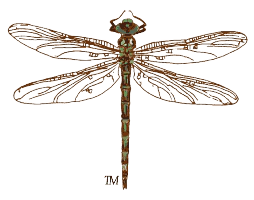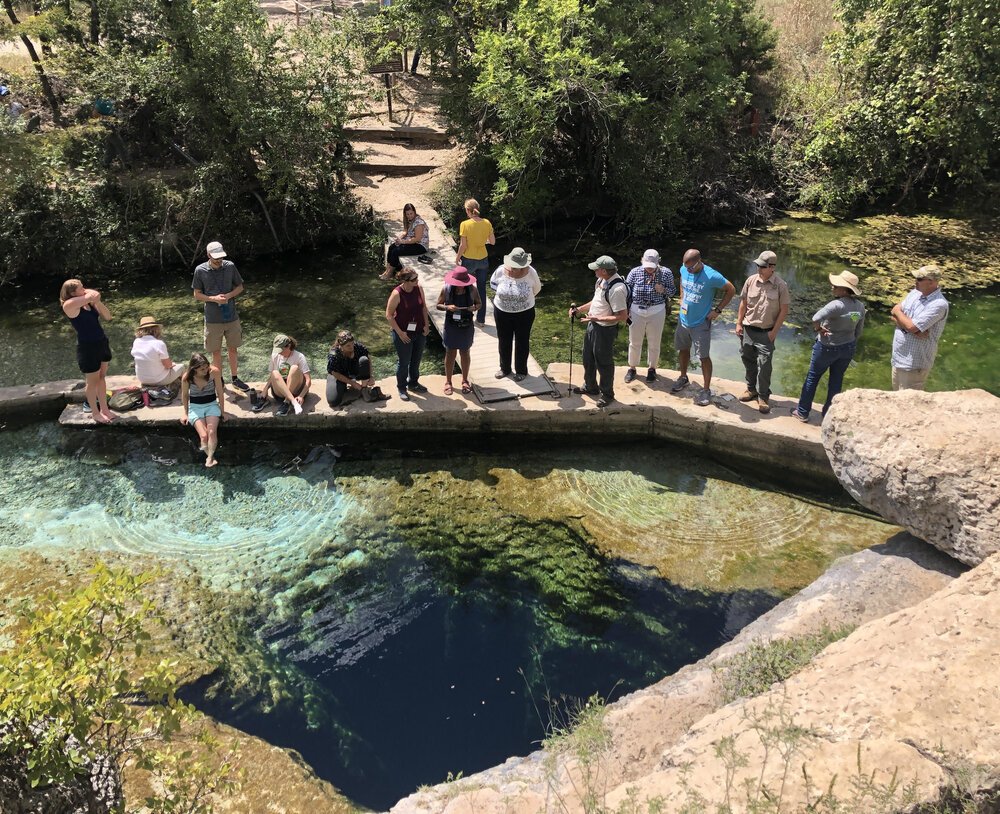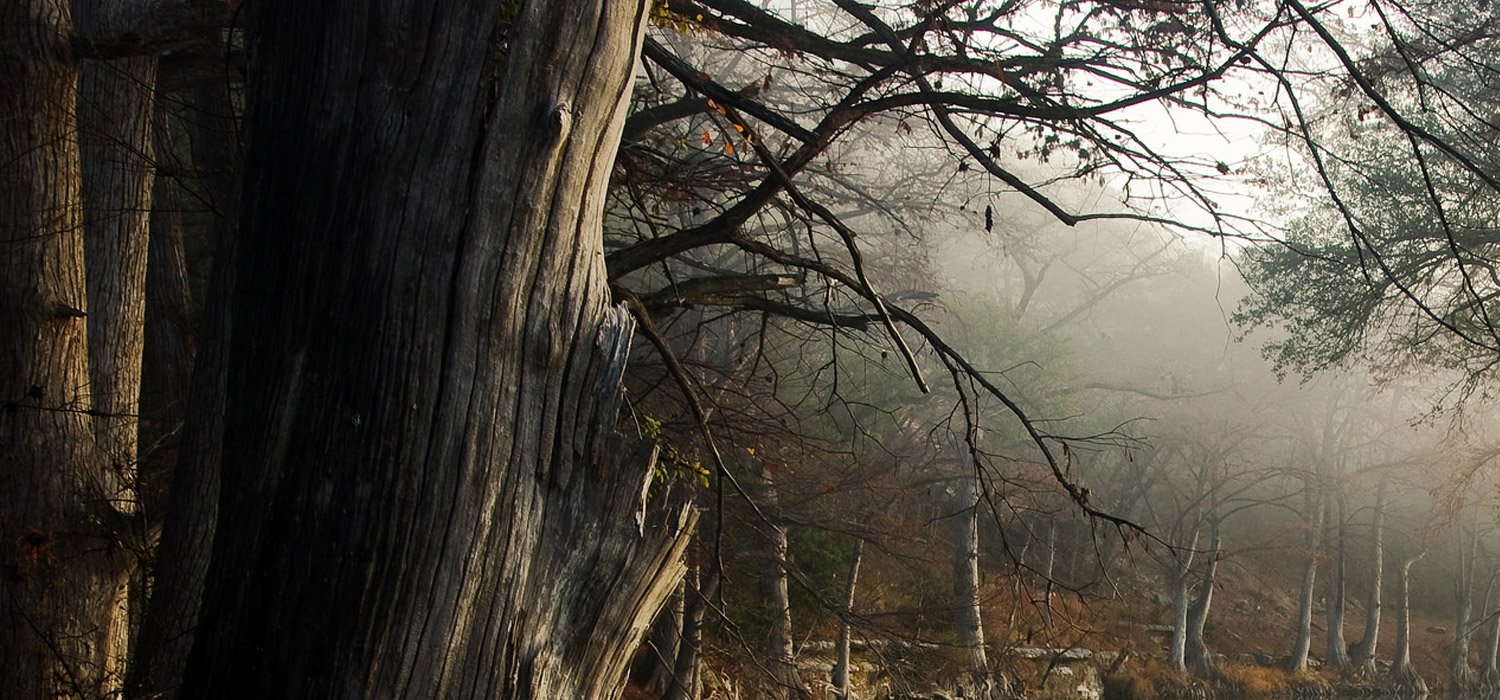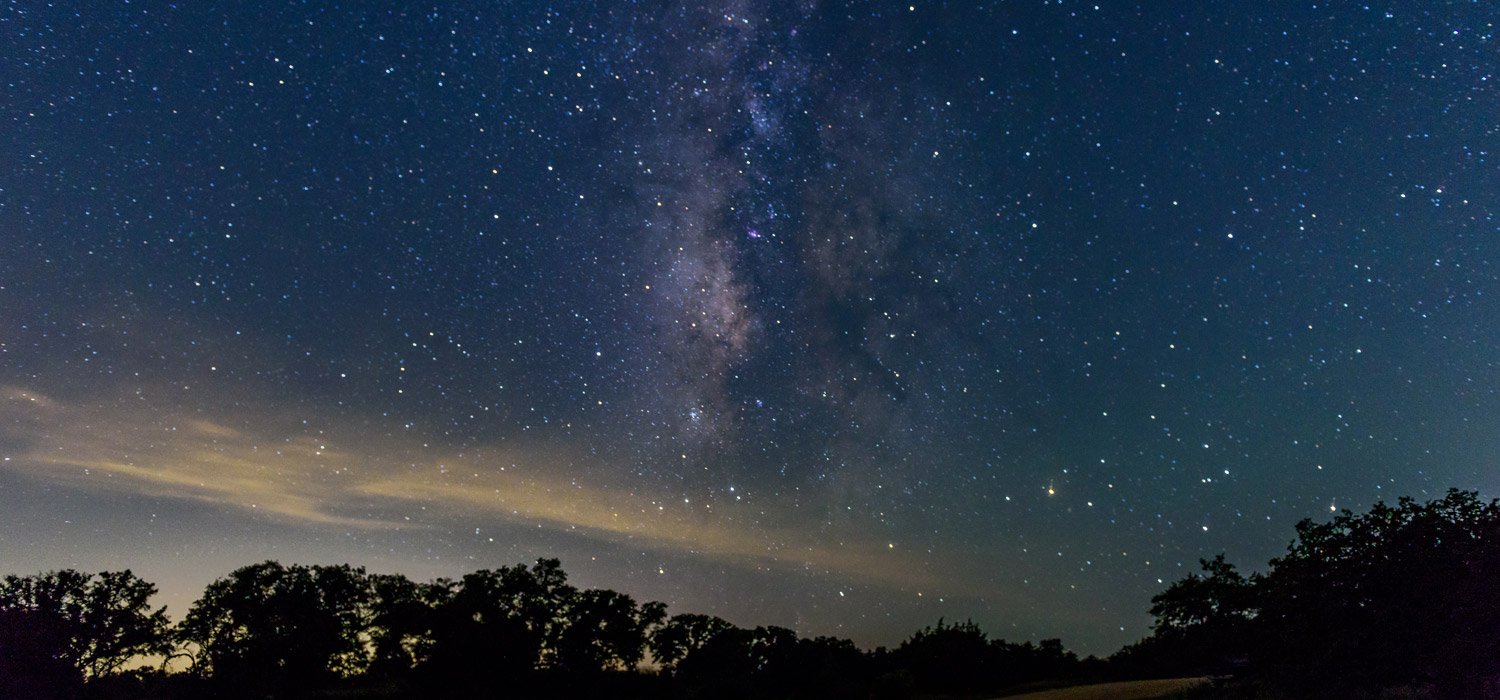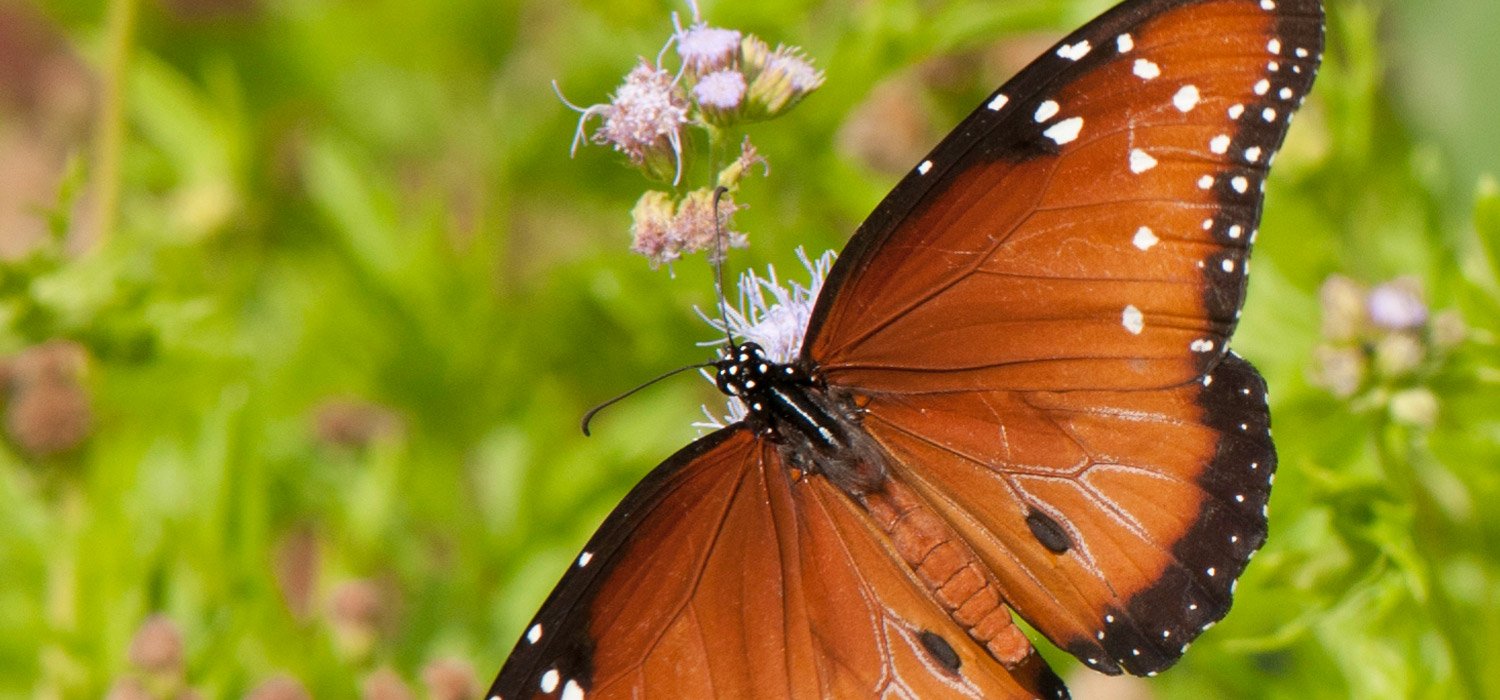Landscaping with Native Plants
The majority of Hays County is in the Edwards Plateau ecosystem. When European settlers arrived in the mid-1800s, the area was a patchwork of grassland savannahs and woodland stands of juniper and oak which supported large herds of bison, deer and antelope.
Introduction of livestock and non-native plants and grasses, as well as construction and farming, have dramatically changed the area, especially its water resources.
One mission of the Master Naturalist organization is to provide information and guidance to landowners to help return the land to a more natural state.
Water is Life…
The rapid growth of the Hays County area is increasing the burden upon this valuable resource. Understanding our water supply and how it effects the land helps us to make better water management decisions.
Where Does Our Water Come From?
The continuous water cycle starts with rain. Of the rain that falls on the land, 89% of it either evaporates directly to the atmosphere or processed through transpiration in plants into the atmosphere. The remaining 11% seeps into the ground or runs off as surface water to rivers and streams. Of the water on the earth’s surface, 97% of it is saltwater and 1-2% is frozen glaciers, ice, and snow around the world. That leaves about 1% of water available for consumption.
Watersheds: Our Lakes, Rivers & Streams
Watersheds are basin-like landforms defined by highpoints and ridgelines that descend into lower elevations and stream valleys. A watershed, sometimes called a drainage basin or catchment, carries water “shed” from the land after rain falls and snow melts.
Erosion and Runoff
Soil erosion via water flow is a significant issue in Hays County and in all of the Texas Hill Country. Our geology with the limestone base and relatively thin soil makes it difficult for rain to soak in quickly.
Water Features for Wildlife
Water attracts wildlife and is great for plants. While not everyone can live near a river or lake, everyone has the option of building a water feature. In this article we will cover how to make a small wildlife pond or water feature that can be maintained year-round with only rainwater.
Capturing Water
If you live in the Wimberley Valley, your property is part of the Blanco River Watershed. But “watershed” is a misleading way to describe it. The word implies getting water off the land as quickly as possible. Instead we should re-conceptualize our valley as a “water catchment area.” This term, used by most of the rest of the world, suggests capturing water before it flows downstream.
Rainwater Collection: an alternative to a well
Rainwater is quickly replacing well water for whole-house and irrigation use throughout the Hill Country. Rainwater catchment and distribution system pricing is comparable to a well and can be a more reliable and a higher-quality source than groundwater taken from an aquifer.
Saving Water
Water and the Texas Hill Country enjoy an intimate but challenged relationship. Water makes our area beautiful and prosperous, but we often don’t have enough of it, especially deep in Hays County’s struggling water source; the Trinity Aquifer.
Reduce River Refuse
Rivers are among Hays County’s best features. Unfortunately, every time a heavy rain comes, large quantities of litter wash down our streams. Below is a list of ways you can help to reduce the trash that flows down the rivers and gets caught on the banks. Don’t be overwhelmed- even doing just one thing on this list can make a difference!
Become a Steward of the Land
Humans have a major impact on the land and natural resources. Positive actions regarding conservation will result in a healthier natural environment.
Land Restoration Plans
Land restoration is the process of returning a site to a natural landscape and habitat, safe for humans, wildlife, and plant communities. Developing and following a land restoration plan are the means of accomplishing this goal.
Managing the Land for Wildlife
Within their native habitats, animals should be able to find the basics necessities for maintaining their health and lives; water, food, and shelter…
Flood Control
Flash floods have been part of the Hill Country for over ten million years, ever since the rivers and creeks began carving out their deep valleys and leaving behind 200-250 ft. high hills. While we can’t stop flash floods, we can reduce their intensity and the amount of damage they cause.
Wildfire
Wildfires play an important role in nature. Some ecosystems, such as grasslands, rely on natural fires to regulate growth and recycle nutrients. There is an entire scientific discipline, Fire Ecology, focused on understanding the natural processes involving fire and how ecosystems respond.
Flood Control Case Study
On one property, the problem was that runoff quickly filled the small drainage ditch along the driveway and rushed down to the creek. The owners created diverters along the driveway to catch the runoff and divert it on the native grasses bordering the driveway.
Keep the Night Sky Dark
Hays County residents are fortunate enough to have the Milky Way visible throughout much of the area. The night sky is part of our heritage and reminds us of our connection to the universe.
Our Other Neighbors
We share our environment with many other species, all of which play a vital role in the ecosystem. With natural habitats dwindling in the Hill Country, appropriate land stewardship is becoming critical to survival for many species.
Features of a Good Birdhouse
Would you like to know more about what makes a good birdhouse? How to make one, what makes it attractive to birds, how to keep the birds safe?
